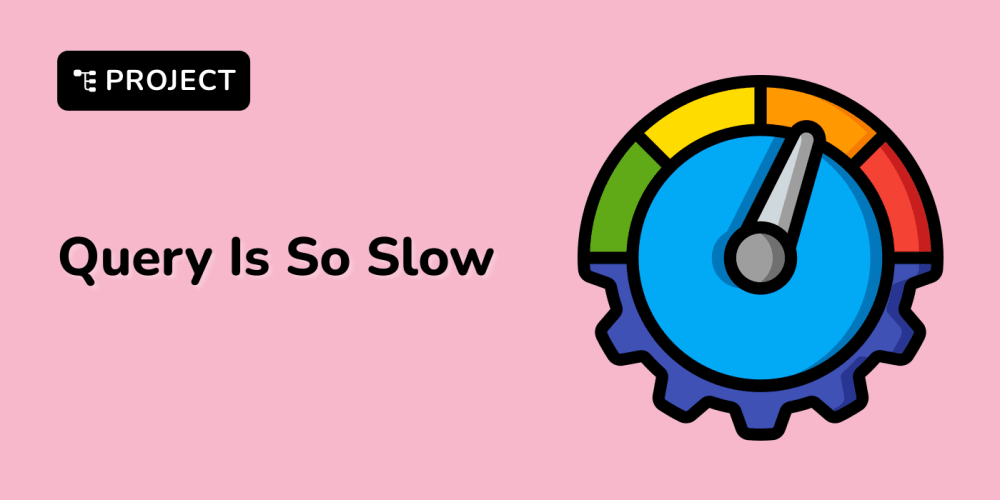<!DOCTYPE html>
Want to Switch Nodes? A Comprehensive Guide
<br> body {<br> font-family: sans-serif;<br> margin: 0;<br> padding: 20px;<br> }<br> h1, h2, h3 {<br> color: #333;<br> }<br> code {<br> background-color: #eee;<br> padding: 5px;<br> font-family: monospace;<br> }<br> pre {<br> background-color: #eee;<br> padding: 10px;<br> font-family: monospace;<br> overflow-x: auto;<br> }<br> img {<br> max-width: 100%;<br> height: auto;<br> }<br>
Want to Switch Nodes? A Comprehensive Guide
In the world of blockchain and cryptocurrency, switching nodes can be a complex but crucial process. Whether you're looking for enhanced security, improved performance, or simply a change of scenery, understanding the ins and outs of node switching is essential. This comprehensive guide will walk you through the key concepts, techniques, and best practices for switching nodes effectively.
Understanding Node Switching
A node, in the context of a blockchain, is a computer that connects to the network and participates in the validation and propagation of transactions. There are several types of nodes, each with its own role and responsibilities:
-
Full Nodes:
These nodes store the entire blockchain history, making them responsible for verifying transactions and maintaining the network's integrity. -
Lightweight Nodes:
These nodes store only a portion of the blockchain history, focusing on specific transactions or data points. They are typically less resource-intensive but offer less comprehensive information. -
Mining Nodes:
These nodes are responsible for solving complex mathematical problems to add new blocks to the blockchain, earning rewards in the process. They are typically powerful machines capable of handling high processing demands.
Switching nodes involves changing the connection point of your wallet or client to a different node on the network. This can be done for various reasons:
-
Enhanced Security:
Connecting to a reputable node with strong security measures can bolster your transaction security. -
Improved Performance:
Some nodes offer faster transaction processing speeds or more efficient data retrieval. This can lead to a smoother user experience. -
Network Diversification:
Connecting to multiple nodes from different geographical locations can increase network stability and resilience. -
Accessibility:
Switching nodes might be necessary to access the network if your current node is experiencing downtime or connectivity issues.
Step-by-Step Guide to Switching Nodes
The exact process for switching nodes varies depending on the cryptocurrency, wallet, or client you are using. However, the general steps are similar:
- Identify the New Node
Start by researching and selecting a suitable node to connect to. Consider factors like:
- Reputation: Choose a node with a proven track record of reliability and security.
- Location: Diversify your node connections by choosing nodes from different geographical regions.
- Performance: Seek nodes with faster block propagation and transaction processing times.
You can find lists of reputable nodes on the cryptocurrency's official website, online forums, or dedicated node directories.
Once you've identified your desired node, obtain the necessary information to connect to it. This typically includes the node's:
- IP Address: The numerical address of the node on the network.
- Port: The communication channel used by the node.
- Protocol: The communication standard used by the node (e.g., TCP, UDP).
The next step is to configure your wallet or client to connect to the new node. This process usually involves accessing the settings menu and entering the node details.
For example, in Bitcoin Core, you can change the node by modifying the rpcuser and rpcpassword settings in the bitcoin.conf file.
rpcuser=yourusername rpcpassword=yourpassword
You can then specify the new node's IP address and port in the addnode parameter.
addnode=node_ip_address:port
After making the necessary changes, verify that your wallet or client has successfully connected to the new node. You can usually check the status in the network or settings section.
If the connection is successful, you should see information related to the new node, including its IP address, version, and block height.
Once switched, regularly monitor your connection to ensure stability and performance. If you experience any issues, you might need to try a different node or troubleshoot any network problems.
Additional Tips for Switching Nodes
- Backup Your Wallet: Before switching nodes, always back up your wallet data to prevent data loss.
- Use a VPN: Connecting to a VPN can enhance security and privacy while switching nodes.
- Avoid Unverified Nodes: Only connect to trusted and reputable nodes to avoid potential risks.
- Consider Node Management Tools: Several tools and services can automate node management, making it easier to switch between nodes and monitor performance.
Example: Switching Nodes in Bitcoin Core
Let's illustrate the process with a simple example using Bitcoin Core:
- Identify a New Node: Choose a reputable Bitcoin node from a reliable source, such as the Bitcoin Wiki or online node directories.
- Obtain Node Details: Record the node's IP address, port, and any necessary authentication information (if applicable).
-
Configure Bitcoin Core:
Open the
bitcoin.conffile in your Bitcoin Core installation directory. Add or modify the following lines:
rpcuser=yourusername rpcpassword=yourpassword addnode=node_ip_address:port
Save the file and restart Bitcoin Core. Once it restarts, check the "Network" tab in Bitcoin Core's interface to verify that it's connected to the new node.
Conclusion
Switching nodes can be a powerful way to enhance security, performance, and network diversity for your cryptocurrency experience. By understanding the different types of nodes, following a step-by-step guide, and implementing best practices, you can smoothly transition to a new node and enjoy a more robust and reliable connection. Remember to always exercise caution, select reputable nodes, and back up your data to ensure a secure and seamless experience.


















